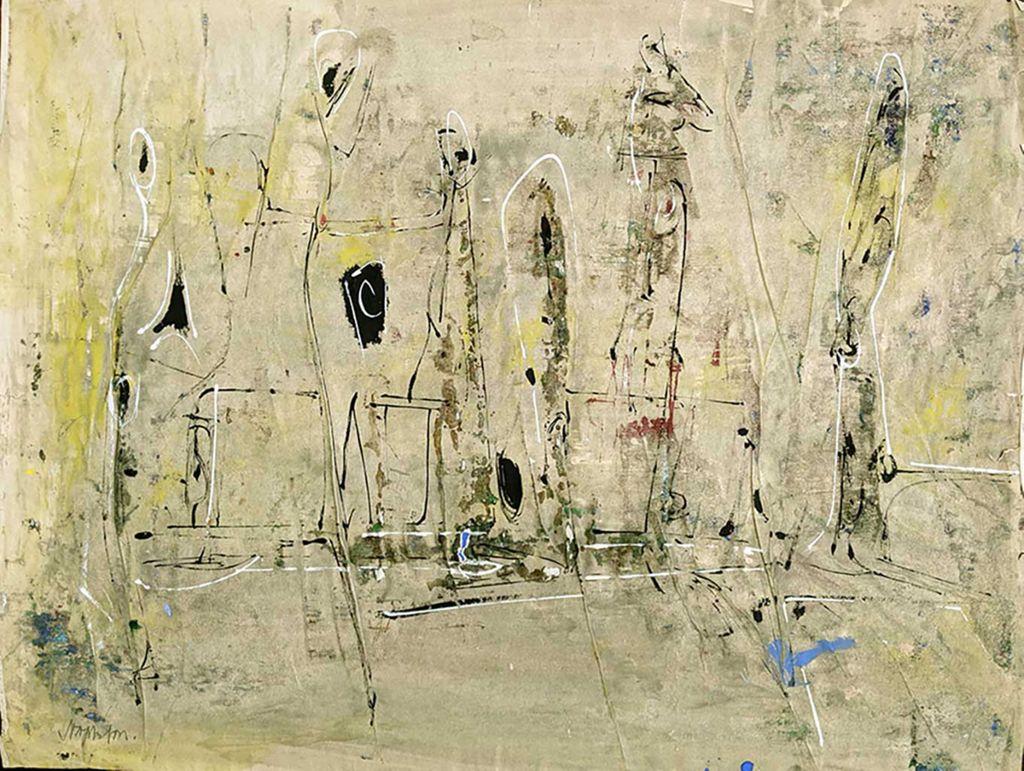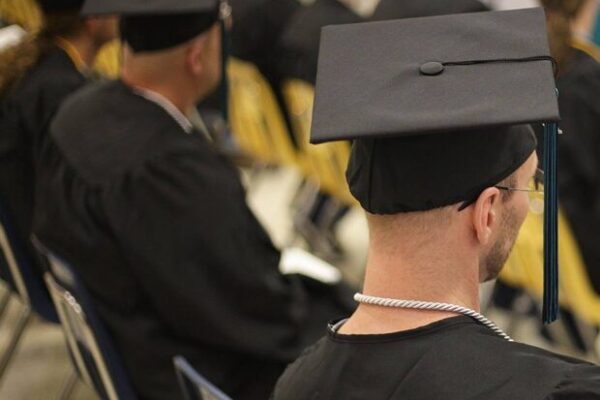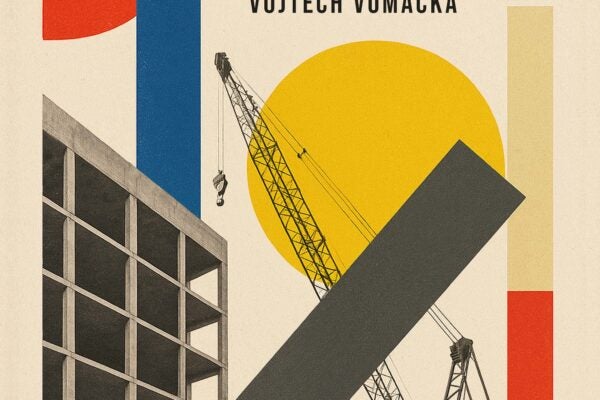Explore an expanded collection of Stapleton’s drawings, including newly added images from his surrealist period

The Joseph F. Stapleton Drawing Collection has contributed 345 new images to Artstor on JSTOR, showcasing the work of Brooklyn-born surrealist and abstractionist Joseph F. Stapleton (1921-1994). Recently, Stapleton has re-emerged in discussions about the later generation of abstract expressionists who returned to New York City after World War II. These newly added images join the existing 300+ Joseph Stapleton self-portraits already available since 2020, bringing the total to nearly 650 images now available for research and study.




Already earning prizes and awards for his portraiture by the time he entered Tilden High School in Brooklyn, even as a teenager Joseph Stapleton was continuously looking to improve the quality of his line. An autodidact, despite taking nearly twice the number of credits required, including three languages, Stapleton spent his afternoons at the Fifth Avenue branch of the New York Public Library immersing himself in the work of Hiroshige, Hokusai, Utamaru, Sesshū and early Chinese Sung artists, an interest that would become a lifelong passion. He would also become intensely consumed with learning character formation and line flow in Kaisho, Gyosho and Sosho calligraphy styles. Every weekday evening he attended a WPA anatomy drawing class with his friend Abram Lerner, who would later become the founding director of the Hirshhorn Museum. It was through the WPA that Joseph Stapleton met Mark Rothko, Adolph Gottlieb, and others of the first generation; but most importantly, he met Arshile Gorky. Gorky would become Stapleton’s most critical influencer going forward.
Joseph Stapleton was my advisor and key painting instructor at Pratt in the early 1970s, and he continued as my mentor well into the 1980s. A student of Zen since his high school days in the late 1930s, Stapleton steered me toward the study of color theory under the guidance of Herb Aach, then director of painting at Queens College and translator and editor of Goethe’s Color Theory. Needless to say, Stapleton heavily influenced my thought process even to this day.
An independent art historian with a concentration in Abstract Expressionism and the New York School, I uncovered the collection of over 5,000 never-before-exhibited Joseph Stapleton drawings in 2014 and formally acquired the collection in 2017. Now, as the right holder to the Joseph F. Stapleton Drawing Collection and Stapleton’s authorized biographer, I am focused on bringing recognition to, and appreciation for, Joseph Stapleton’s work. Because of this expanding recognition, the number of academic art museums and private collectors acquiring Joseph Stapleton’s work continues to grow and now includes: RISD Museum, McMullen Art Museum at Boston College, Colby Art Museum, Neuberger Museum of Art at SUNY Purchase, Clark Art Library at Tufts University, and Fairfield University Art Museum.*
The following text from the 2023 monograph explores Stapleton’s influences, from Arshile Gorky to Japanese calligraphy:
The authors’ knowledge of Arshile Gorky’s influence on Stapleton, further acknowledged by the Arshile Gorky Foundation’s recognition of this connection, was additionally supported by the authors’ multiple interviews conducted since 2015 with Peter Golfinopoulos, Knox Martin, and Bruce Dorfman. The provision of the two Arshile Gorky images below (Figures 2 And 4) by Anna McCormick-Goodhart of the Arshile Gorky Foundation allows the authors to demonstrate visually how both artists’ processes were similar yet different. Stapleton’s deliberate choice of color in Figure 3 pays homage to his predecessor through his use of ochre, umber, yellows, reds, and blues. While Gorky presents imagery not emerging from but rather floating above his background, Stapleton presents a composition of shapes evolving within space. Gorky floated his biomorphic, more unified shapes while Stapleton excavated his biomorphic shapes to create depth. While Gorky applied, Stapleton implied.
Figures 4 and 5 share a common presence: dreamlike abstracted shapes cohabitating, each with its own purpose reminding the viewer that theirs is a dynamic. Gorky’s shapes appear to move and communicate with one another as if on a softly lit stage. Stapleton’s, in contrast, are busy constructing their own vertical environ in darker, contrasting tones of gray. Stapleton’s growing spontaneity in his approach to drawing was mirrored in his passion for jazz, a self-reflection he described in his 1959 Fulbright scholarship application.¹
Finally, the following two drawings, from a series of nearly 100 recovered from Stapleton’s 1950-1952 New York Times series, perfectly illustrate Stapleton’s transition from his early self-training of Japanese calligraphy and his devotion to Arshile Gorky to his individual expression with the line intelligence he learned through the calligraphy practice books.


In addition to sharing this exquisite selection of drawings on JSTOR, I am offering a complimentary electronic version of the 2023 monograph, Joseph F. Stapleton: A Complicated Brilliance. Access to the Stapleton monograph can be requested on the Stapleton collection page on Artstor on JSTOR.
Please note: Academic art museums and libraries may contact Robert Solomon at josstapleton.collect@icloud.com to learn about our gifting program.
¹ Solomon, Robert M. and Lowell Shaw. 2023. Joseph F. Stapleton: A Complicated Brilliance. Boston, MA.



